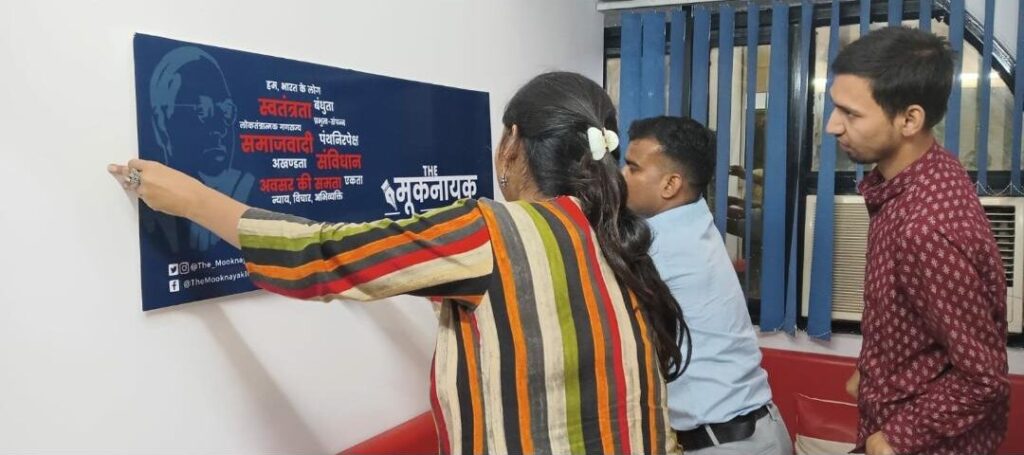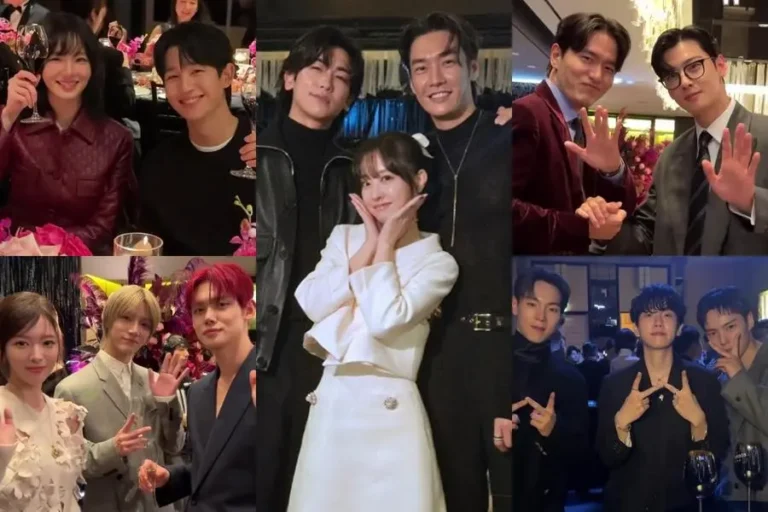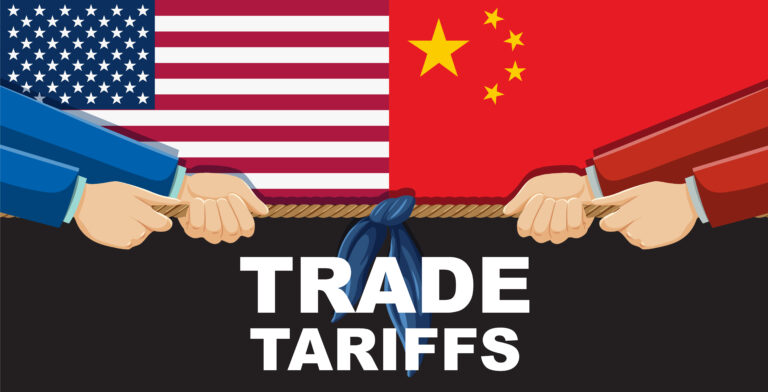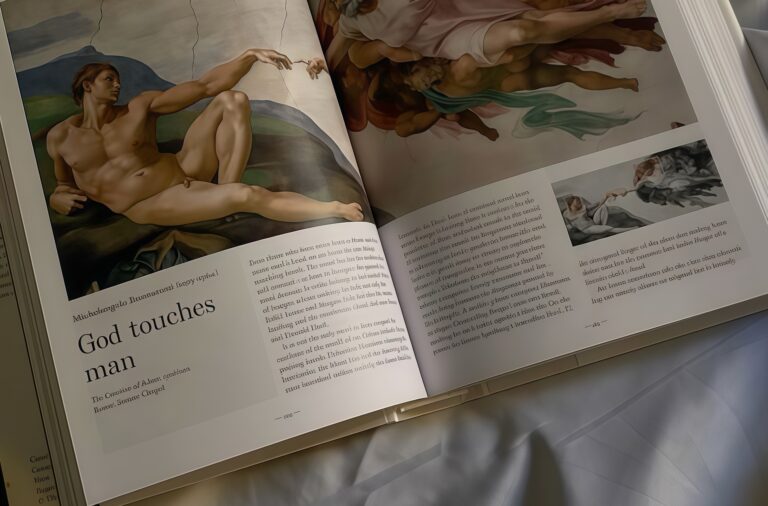
The media is often referred to as the “fourth pillar” of democracy because of its crucial role in informing, educating, and holding power accountable, making it an indispensable component for a democracy to function properly. The history of Indian media dates back 240 years. Two centuries later, it still speaks with one voice — that isn’t Dalit, Muslim, or marginalized.
Media By The Few, For The Few
The Schedule Castes (SC) and Schedule Tribes (ST) collectively form more than 26% of India’s population. According to Oxfam’s 2022 report, none occupied a top leadership position out of 218 available positions across print, TV, and digital media outlets. None of the channels in electronic media had any SC/ST anchors for hosting debates. In English newspapers, upper-caste people held almost all 35 positions while in Hindi newspapers, the percentage was 80% of the available 31 positions. As for English news channels, 88% of all journalists and editors were Brahmins and upper-caste people.
Three years on, the number remains zero.
Not only Dalits, but Muslims too are severely underrepresented in Indian newsrooms at a mere 5-10%. With Muslim population in India over 180 million (14-15%), the bias becomes structural, not accidental.
Who Gets (Un)Heard in Indian Media?
A survey report by Tejas Harad in 2020 brought forth the challenges faced by Bahujan journalists. The report detailed the experiences of othering, isolation, and discrimination faced by employees from the marginalized communities in newsrooms where a majority of employees belong to the ‘upper’ castes. Most journalists agreed that it was difficult to get a space conducive to pushing stories on caste oppression because it wasn’t an issue that concerned the majority. Hence, most of the caste-centric stories died in their initial stages.
When it came to Hindi news channels, the highest number of debates on caste issues were aired by NDTV at a mere 3.6% while Republic Bharat and News 18 saw none, opting for debates on communal & religious issues. In English channels, India Today conducted most debates on caste and tribal issues at a mere 2.6% whereas Mirror Now, Republic TV, and Sansad TV held none.
A Delhi-based staff reporter revealed that editors assign him to cover Muslim issues only when something goes wrong. When he pitches stories of progress, they often dismiss them.

Panopticon of the Newsroom
Michel Foucault’s panoptical vision operates through the internalization of power structures, where the marginalized communities themselves may feel a sense of self-discipline. Constantly under surveillance, they conform to the established norms and hierarchies within the media industry.
Foucault’s Panopticism is a daily part of the lives of the journalists who dare to live outside the bubble of conformity that envelopes Indian newsrooms. Harad highlights how most of the time, Bahujan journalists modify their food habits and give up on their regular diet. They consciously avoid bringing food items that are considered “impure” by upper-caste Brahmins.
This Panopticon isn’t limited to employment. In order to get into a distinguished newsroom, Bahujans have to cross the self-proclaimed gatekeepers of Indian journalism. A 2017 Al Jazeera report highlighted the Brahmanical nature of Journalism colleges in India. Reserved seats often go vacant. If students from marginalized communities do enroll, they face extreme alienation and hostility, frequently leading them to drop out or hide their identity.
Some acknowledge the absence of conscious discrimination in the media. However, it does not negate the existence of a panoptic system that maintains the status quo and reinforces the dominance of upper-caste narratives.
The Watchdog of Democracy is Guarding Only a Few
Media’s credibility depends not only on its words but on who gets to speak them. A profession meant to question power has internalized its own hierarchies, reproducing the same social order it should be challenging. The exclusion of Bahujan voices, whether they are Dalits or Muslims, risks perpetuating the convenient myth of visibility being voice.
Until the media learns to tell stories not about the marginalized but with them, the stories remain incomplete. Seen, but not heard. A faceless voice that ensures the narrative remains narrow and convenient, circulating within its own echo chambers. Dare I say, Indian media remains urban-centric, upper-class, upper-caste, and ignorant of the realities of vast swathes of Indian masses.
*Note: In this article, the term “Bahujan” is used inclusively to refer to historically marginalized and underrepresented communities. These include Dalit, Adivasi, OBC, and religious minority groups such as Muslims whose voices remain limited in mainstream Indian media.
To read more, visit The World Times.



